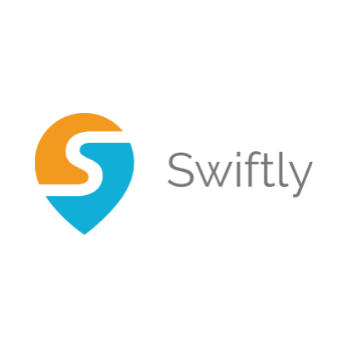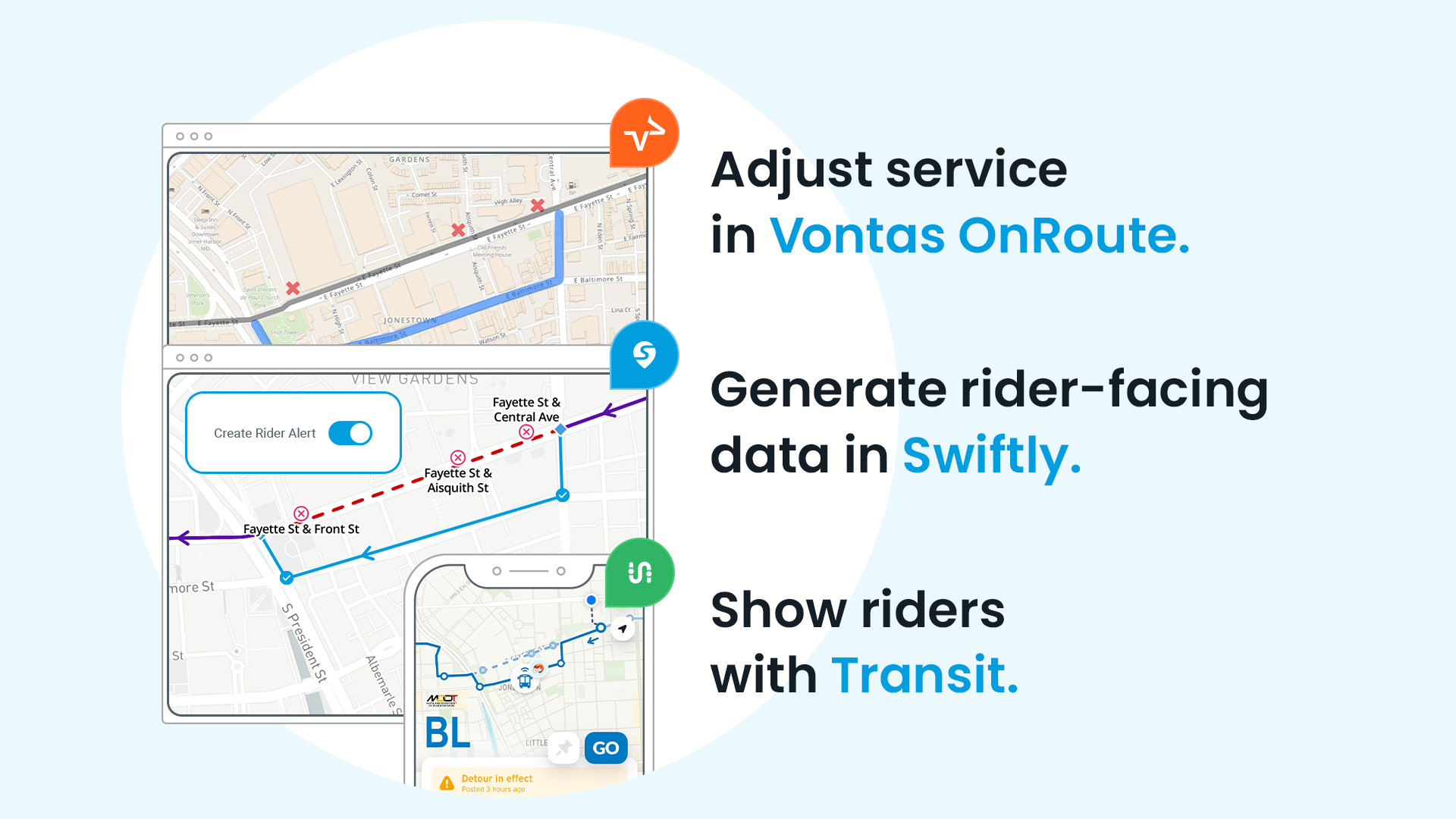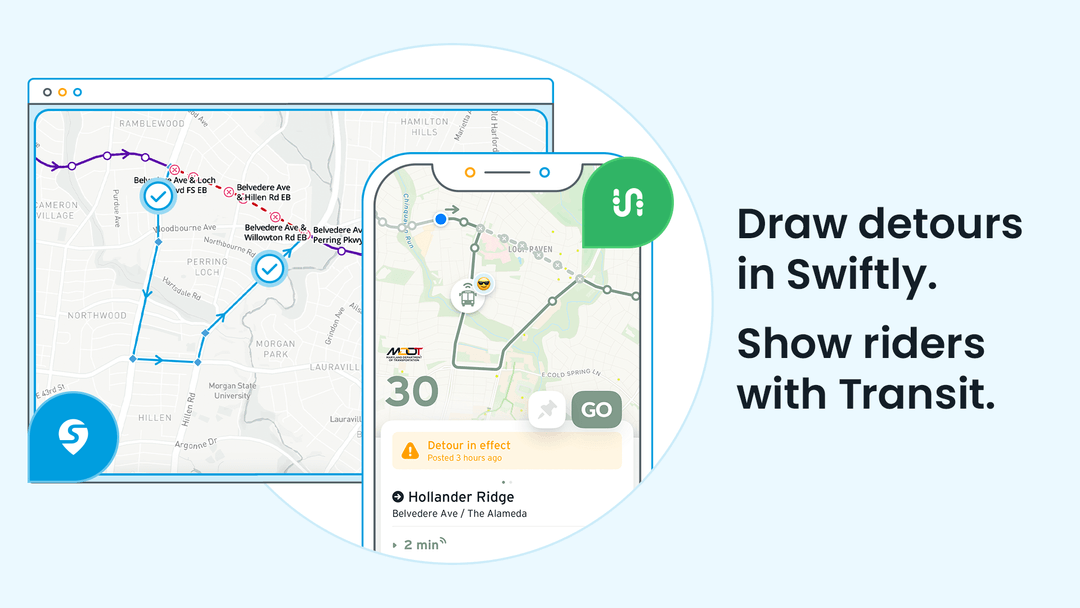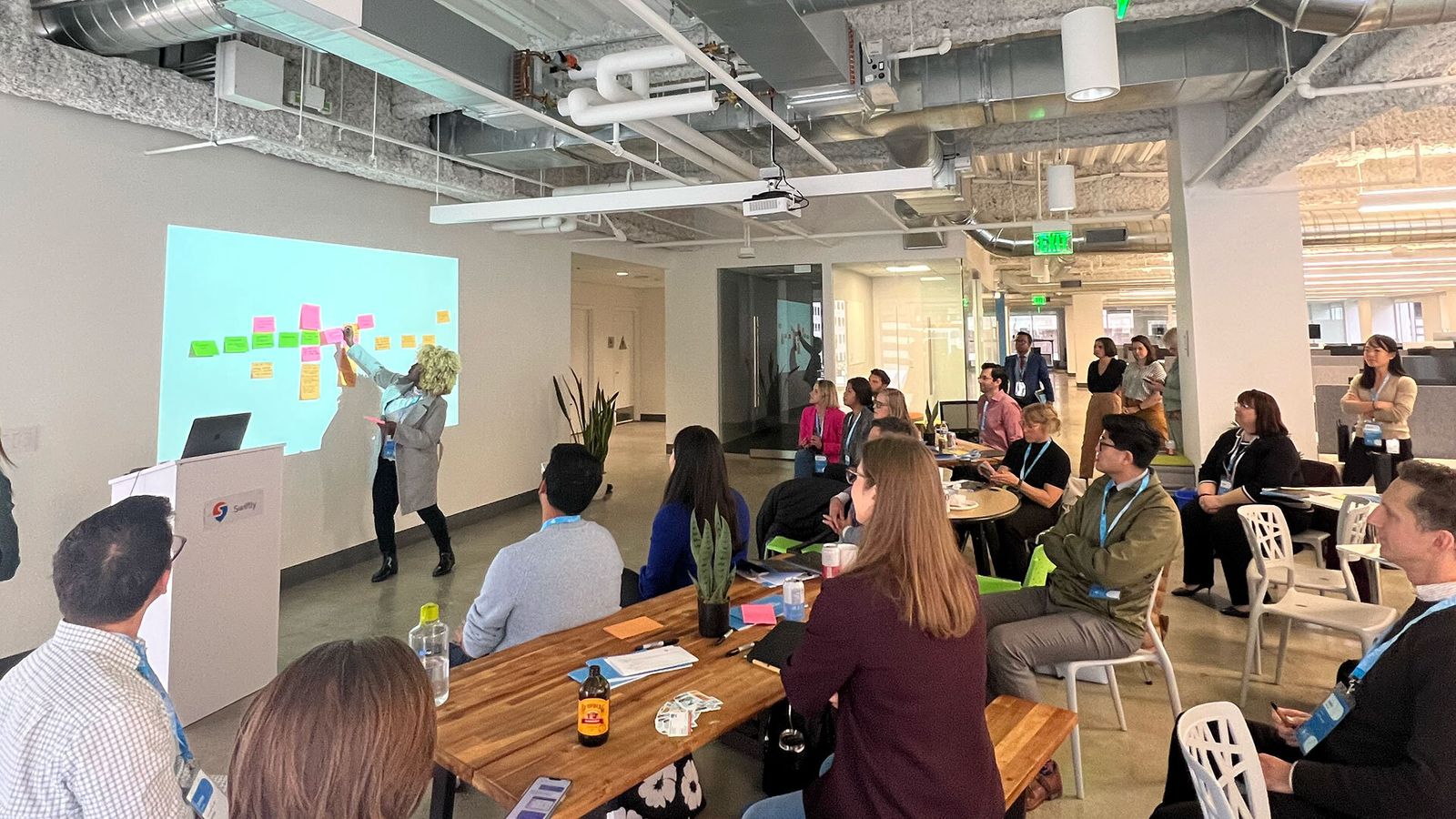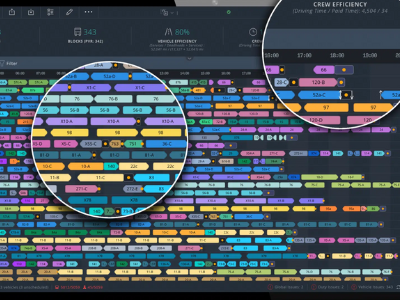How Swiftly’s New Service Adjustments Integration Is Simplifying NCTD’s Rider Alerts
Operator shortages were among last year’s top challenges for North County Transit District (NCTD). NCTD has relied on Twitter to send out service cancellation alerts, a highly manual process that puts pressure on their operations team. The NCTD team recently began using Swiftly’s new integration of Service Adjustments and Rider Alerts, which gives them new channels for notifying riders of ad hoc changes to service beyond Twitter. The NCTD team expects this to save the agency time and budget, and boost the rider experience.
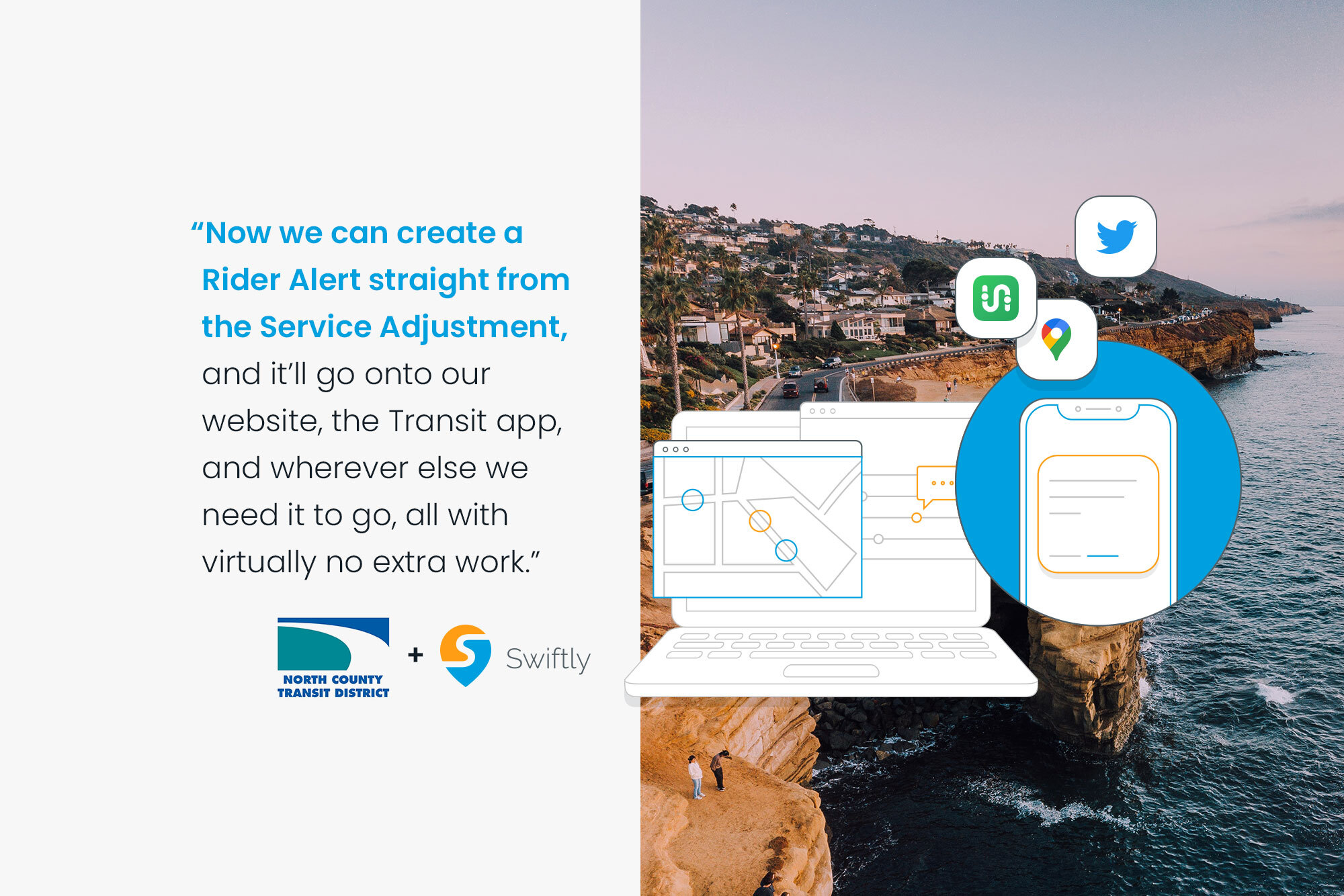
Operator Shortages Put Pressure on Operations
At NCTD in North San Diego County, operator shortages were among the top challenges last year. The lack of operators made changes to schedules common, and operations staff faced an ongoing need to get the latest trip information to riders. Their already strained team was being stretched thinner every day.
Damon Blythe, NCTD’s Chief Operations Officer for Bus, said:We were sitting on a razor's edge every day. Operator shortages made our jobs very, very difficult.
Service Alerts Were Manual and Time-Consuming
Over the last year, the NCTD team took a number of measures to ease the impact of the operator shortage, but alerting riders to schedule changes remained a challenge.
Blythe, said:Our only rider notification system was Twitter. And if I had to describe the process in a single word, it would be 'manual.'
NCTD’s workflow in Twitter required toggling between three separate systems to eventually get alerts to riders. And Twitter remains a major part of their notification strategy.
Blythe, said:First, our staff has to cancel the trips in Swiftly using the Service Adjustments module, which automatically updates real-time arrival predictions in Transit, Google Maps, and other apps. Swiftly’s Service Adjustments product has been great, but before the Rider Alerts integration, that’s where the automation ended.
From there, dispatch staff had to find the corresponding trip in NCTD’s CAD/AVL software, copy the trip metadata, and manually paste it into Twitter and the agency’s internal paging system.
All told, each canceled trip took between 5 and 10 minutes to log. With multiple canceled trips per day, NCTD commonly spent much of their day sending out service alerts.
Blythe, said:And the worst part is that we have to do each step in reverse if we manage to get an off-duty operator to cover a shift. Even the best-case scenario requires extra work.
Twitter Was the Primary Rider-Facing Channel for Service Alerts
The cumbersome workflow has had major downsides for riders as well. Twitter used to be the primary place riders could view service alerts, and riders struggled to sift through the pages of tweets and find the trips that affected them.
Blythe, commented:Twitter was never designed to be the source of truth for transit alerts. Think about it. If a rider’s standing at a stop, how long will it take them to scroll through our Twitter feed and find the relevant information? What kind of experience is that?
Plus, not everyone has Twitter, or even a smartphone for that matter. We needed a new way to get word out to riders.
Swiftly’s Rider Alerts/Service Adjustments Integration Adds a New Channel to Inform Riders
The NCTD team recently supplemented their Twitter workflow by incorporating Swiftly’s new integration between the Service Adjustments and Rider Alerts modules. While the team still uses Twitter to notify riders, Swiftly has created new channels for riders to find service alerts.
Swiftly’s new integration between Service Adjustments and Rider Alerts gives operations staff a simple way to keep riders informed when the agency makes ad hoc changes to service, including canceled trips, stop closures, and detours.
When operations staff create a Service Adjustment in Swiftly, there’s now an option to create a corresponding Rider Alert. The Rider Alert then automatically goes to relevant channels, like Transit app, Google Maps, and Twitter.
Blythe, said:We’ve been using the Service Adjustments product on its own for over a year now, and we really love it. When we cancel a trip or close a stop, we know the change is immediately reflected in real-time arrival information in the Transit app, Google Maps, and other rider-facing apps. We’ve also been using Rider Alerts for about a year, but we were mainly using it for detours and stop closures, not for operator shortage-related cancellations.
The new integration between Service Adjustments and Rider Alerts makes it easy to use both at the same time. Now, we can create a Rider Alert straight from the Service Adjustment. It'll go onto our website, the Transit app, and wherever else we need it to go, all with virtually no extra work.
An added benefit of the integration is that Rider Alerts now stay in effect only as long as the associated Service Adjustment is in effect; when the Service Adjustment is canceled, the Rider Alert is canceled as well. Dynamic channels like Transit, Google Maps, and trip planning sites will only show active disruptions (though Rider Alerts cannot delete published tweets).
Blythe, explained:When the Service Adjustment is done, it's over. The alert just automatically goes away. This really simplifies our workflow.
The Rider Alerts Integration Will Save Time and Boost the Passenger Experience
The NCTD team anticipates that the new workflow will significantly reduce the amount of time they spend on service alerts.
Blythe, said:When we copy and paste alerts into Twitter, it can take a lot of time each day. In Swiftly, it’s just a few minutes. That’s extra staff-time every day that we can spend on more important projects.
Swiftly also gives NCTD an additional channel for riders to find service alerts.
Blythe, said:Now, we can send riders to our website, where they can sort and filter alerts by route or stop. Riders won't be forced to sift through dozens and dozens of tweets to find relevant cancellation notifications. They have other options now.
But maybe most of all, the new Rider Alerts integration will save NCTD the time, budget, and effort of procuring additional transit-specific service alert software.
Blythe, said:For me, I’m most excited that we won’t have to procure expensive SMS software for service alerts. We can get all the same functionality out of this new integration.
The new Rider Alerts integration takes care of all this for you. It’s all in one place,” Blythe says. “And you know it’ll work well because it’s Swiftly.
The Rider Alerts Integration Helps during Planned and Unplanned Service Disruptions
Blythe and his team are excited to see how the new Rider Alerts integration will keep NCTD nimble in unpredictable service conditions.
Blythe, said:The operator shortage is a significant operational challenge. We’re doing our best to adjust to this reality. The Rider Alerts integration is part of this strategy. It will give us an added layer of agility when trip changes are necessary.
The NCTD team expects the Rider Alerts integration to help with service disruptions that go beyond the operator shortage. The North County region is experiencing a construction boom, requiring long-term transit detours, which Blythe sees as a key application of the Rider Alerts integration.
Blythe, noted:The housing market is really hot here like in much of the country. Housing developers are churning out projects to take advantage of the market conditions. That means road widenings and other infrastructure projects that affect how and where we can send our buses. Rider Alerts will be a huge asset when it comes to construction and detours. We’re ready.
Looking Ahead
The Rider Alerts and Service Adjustments integration is quickly becoming a key piece of kit for the operations team at NCTD.
Blythe, concluded:The new integration will only continue to make our jobs easier. And most importantly, it’ll help our riders. It’s easing the pressure in these times of significant headwinds.
With the new Rider Alerts integration, these headwinds are starting to look more like the ocean breezes that North San Diego County is known for.
Swiftly’s Rider Alerts and Service Adjustments integration is available at no additional cost for agencies with access to the Service Adjustments module. Don’t have access to Service Adjustments? Reach out for a demo today!
This article was originally published by Swiftly, Inc..

